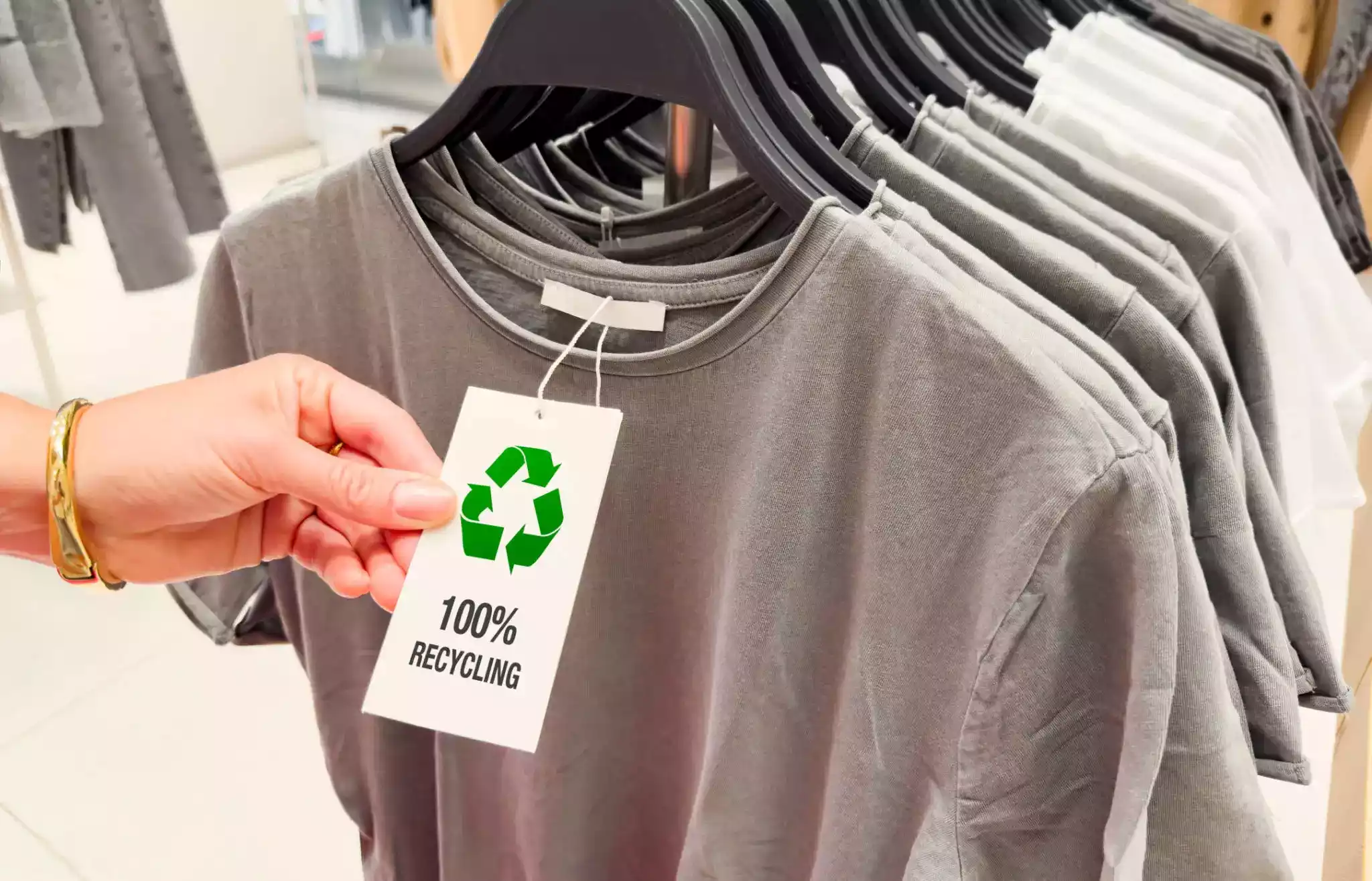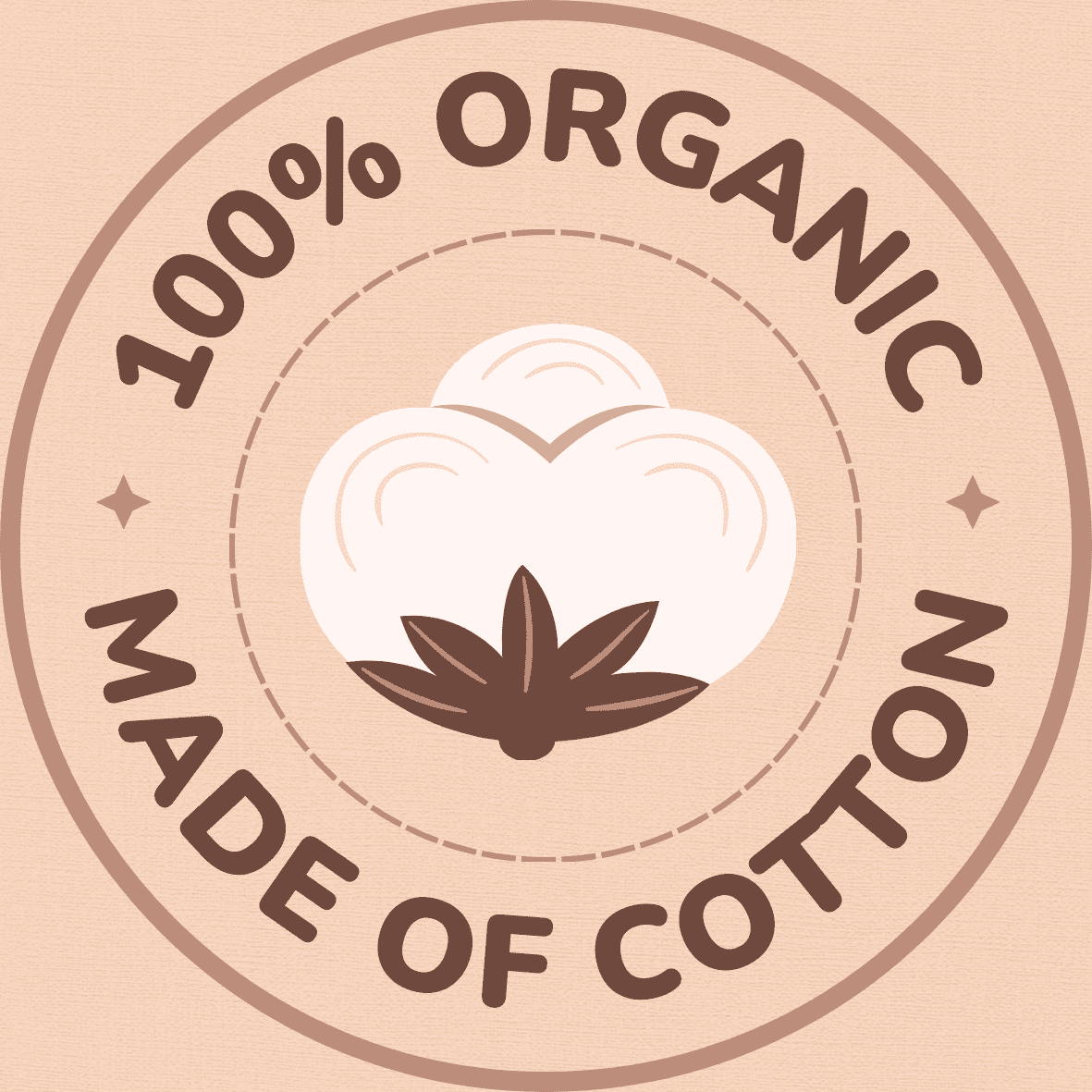Clothing Production Control: Ensuring Perfection Every Step of the Way
Apparel manufacturing management represents an essential element in the clothing industry, underpinning a streamlined creation process that impacts all aspects from material selection to the delivery of the final product. The chief function of this is to orchestrate all activities involved in garment production, setting the tempo for efficient operations and ensuring absolute compliance with industry standards. Key to this orchestration is clothing production control, a strategic approach that ensures each part of the production process is run effectively and in a timely manner, with an overarching goal to reduce waste, maintain cost efficiency, and guarantee timely delivery.
Within the scope of apparel manufacturing management, heavy emphasis lies in the realm of quality control in clothing production. This involves meticulous monitoring across the production chain to identify potential defects or discrepancies and implement corrective actions. With an effective quality control strategy, businesses can uphold their reputation for excellence, ensuring customer satisfaction and fostering long-term loyalty. This attention to detail ultimately goes beyond just meeting mandatory compliance and safety measures; it is a instrumental element in amplifying competitiveness and cementing the brand’s position in a notoriously tough market.
The Role of Quality Assurance in Garment Production
Quality assurance plays an indispensable role in ensuring seamless operation, remarkable success, and significant growth in the clothing industry. It exerts a critical impact on all stages of clothing production, from designing, raw material sourcing, and pattern making through manufacturing phases to final inspection and dispatch. Quality assurance also governs quality control in product development in the clothing industry, steering a rigorous process that encompasses raw material testing, conformance evaluation against desired specifications, and fault identification and rectification in early stages to mitigate the risk of producing flawed pieces, avoiding possible waste of time, material, and effort in rework.
Moreover, clothing production companies have found the implementation of quality assurance to be a strategic factor that enhances their competitive advantage in the global market. The consistency in meeting customer requirements along with established quality standards guarantees customer satisfaction and brand loyalty. It also reduces dissatisfaction and returns due to quality issues, increasing customer acquisition and retention while augmenting the company’s reputation for quality. Companies, thus, pay meticulous attention to deploying an effective quality assurance system, considering it an investment of pivotal importance rather than an avoidable expense or a regulatory compliance requirement.
Key Steps in a Streamlined Apparel Production Process

The apparel industry is complex, and the clothing production process has several essential stages. The course typically begins with design development, where sketches and fabric combinations are formulated by the design team. Once approved, patterns are created either manually or digitally, followed by grading, which is the process of creating different sizes for the pattern.
Understanding how to get clothes manufactured is crucial as it involves several other crucial steps. After the grading process, the pieces are cut out from the fabric and then sewn together. Quality control is another crucial stage in this process; every piece should be examined for manufacturing defects to ensure that the garment meets the given standards of quality. The final stage involves finishing the clothes, which includes pressing, folding, and packaging for retail. This streamlined process plays a fundamental part in ensuring the efficiency and effectiveness of apparel manufacturing.
Importance of Raw Material Selection in Garment Manufacturing
The success of clothing production begins with the judicious selection of raw materials. A critical element in the attainment of desirable garment aesthetics and durability, the choice and quality of raw materials concomitantly determine the garment’s production efficiency and wearer’s comfort. Consequently, manufacturers must commit to sourcing high-grade raw materials from reliable suppliers, ensuring the produced clothing pieces meet the set quality standards. This emphasis on quality underscores the importance of educated raw material procurement – a determinant that can either warrant success or invite failure in the clothing production business.
Understanding the clothing control meaning is also pivotal in recognizing the role raw materials play in garment manufacturing. It is about controlling the quality of clothes produced at each phase of the manufacturing process, for which the selection of raw materials forms the bedrock. This may involve periodic quality checks of the procured materials and monitoring the process of their conversion into finished products. Therefore, a refined understanding of material attributes and their prospective impact on the final product is essential. In essence, raw material selection is not only a decision about aesthetics and comfort but also an imperative strategy to control garment quality.
The Impact of Cutting and Sewing in Garment Quality
Strict quality control in clothing production is integral for any clothing manufacturer. The cutting and sewing processes have a substantial impact on the overall quality of the finished garment. As such, understanding how to manufacture a clothing product involves significant attention to the aforementioned steps. The precision with which fabric is cut and skillfully sewn together fundamentally determines how a piece will fit the wearer, its durability, and ultimately its aesthetic appeal – all of which are critical aspects of garment quality.
Consider cutting. This process propels the transformation of raw materials into usable parts for garment assembly. If the cutting process is not executed with utmost precision, it can result in inconsistent sizing, uneven style lines, and wasted materials due to errors. Similarly, the sewing process holds a pivotal role in garment production. A garment, however flawless the design and exquisite the fabric, will lose its value if the sewing is of poor quality. Threads unraveling, inconsistent stitches, misalignment in pattern matching – all these sewing defects tarnish the reputation of a clothing brand. Therefore, establishing robust quality control measures in the cutting and sewing stages is a priority to maintain high garment quality.
Effective Monitoring and Evaluation in Garment Production

Monitoring and evaluation serve as critical tools in the garments production process, directly linking to how to get clothing produced effectively. This dual role encompasses both continuous supervision of the production line and periodic assessments of results against predefined goals. These activities together allow manufacturers to promptly detect and correct any anomalies, thereby ensuring that the established standards of quality are adhered to and that any obstacles to efficient production are promptly addressed.
When looking at how to produce a clothing line, setting clear, Specific, Measurable, Achievable, Relevant, and Time-bound (SMART) targets is crucial. Proactive evaluation exercises lend an opportunity to assess different elements during production, such as production time, resource consumption, and the finished product against these predefined targets. Such a systematic approach paves the way for spotting any potential bottlenecks in the production cycle, reducing waste, improving efficiency, and ultimately, bringing the best to the fashion marketplace, making monitoring and evaluation indispensable in clothing manufacturing.
The role of Technology in Enhancing Garment Production Efficiency
Advances in technology have brought resounding effects on every major industry, and the garment manufacturing sector is no exception. In recent years, technology has significantly improved the efficiency and productivity of the production department in the garment industry. Various technical tools, machinery, and software are now being utilized to streamline processes, reduce waste, and increase overall production levels. Cutting-edge technologies such as Artificial Intelligence (AI), 3D printing, and IoT (Internet of Things) are paving the way for faster and more precise production, thus setting higher benchmarks for the industry.
Moreover, production planning and control in the garment industry have witnessed a tremendous transformation with the introduction of technology. Software programs specifically developed for garment production control assist in maintaining a systematic workflow, reducing downtime, and accurately forecasting production outcomes. Automated, real-time tracking systems offer a clear and detailed insight into each manufacturing stage, allowing for prompt troubleshooting and quality control. In the end, it’s the efficient integration of technology into production planning and control that can provide a competitive edge in the rapidly evolving garment industry.
How to Manage Production Deadlines without Compromising Quality
Mastering the delicate balance between adhering to production deadlines and maintaining product quality is a pivotal aspect of the fashion production process. This balance is key in avoiding both cost overruns and damage to the brand’s reputation for quality. It begins with effective planning, where every stage of production is allotted a realistic timeframe. Pair this with seamless coordination between different teams involved in design, production, and distribution, and the probability of meeting deadlines while preserving the standard of quality greatly increases.
Contemporary challenges in the fashion industry, specifically within the realm of the fast fashion production process, necessitate a flexible yet robust strategy. A significant part of this strategy is to streamline the production process by eliminating non-value adding tasks, resulting in a quicker turnaround time. At the same time, utilizing innovative quality control methods, such as inline and end-of-line inspections, helps to catch potential issues early on. This way, the defects are rectified promptly, ensuring the final product remains uncompromised in quality, regardless of the rapid pace required to meet production deadlines.
The Value of Skilled Labor in the Garment Production Process

Leveraging the expertise and capabilities of skilled labor is paramount in the garment production process. From fabric cutting and sewing, to finishing the final product, the meticulous precision and craftsmanship these seasoned professionals offer is invaluable. They are usually well versed in different techniques and fabric types, effectively dealing with complexities and ensuring that the final garment meets the desired specifications in both design and quality.
Furthermore, skilled laborers play a significant role in achieving production efficiency. Experienced workers offer specialty skills and can deliver high quality work with minimal mistakes. This reduces waste, increases productivity, and ultimately results in cost savings for the garment production business. They can predict potential hurdles in the production process and curb them proactively, which not only saves time, but also upholds the consistently high standards and reputation of the manufacturer. It is evident that the value of skilled labor, although often overlooked, is a quintessential component in the garment production process.
Continuous Improvement in the Garment Manufacturing Process
Competition in the garment manufacturing sector necessitates the embrace of a continuous improvement strategy. This strategy utilizes an iterative process of critical evaluation, data analysis, and precise strategic interventions emphasized on process enhancement and waste reduction. Regular monitoring of varying stages of garment production plays a vital role in identifying bottlenecks and areas which need improvement. It also forms the basis for the implementation of corrective measures.
An effective continuous improvement strategy also relies on employee buy-in and participation. Workers on the production floor possess unique insights into everyday challenges and potential solutions. Therefore, their active involvement aids in fostering a culture of non-stop enhancements, which eventually leads to improved efficiency and increased productivity. Besides, when they’re engaged in a cyclic process of plan-do-check-act, they can proactively curb issues from escalating into adverse quality concerns. Hence, both management and staff commitment play influential roles in creating an environment conducive to ongoing improvement in the garment manufacturing process.
FAQs
What does Apparel Manufacturing Management entail?
Apparel Manufacturing Management involves overseeing the entire manufacturing process, from selection of raw materials to the final product, ensuring efficiency, quality, and timely production.
What is the role of Quality Assurance in Garment Production?
Quality Assurance in Garment Production ensures that the products are of the highest quality, meeting industry standards. It involves regular inspections, testing, and adjustments to maintain consistency in garment production.
Could you elaborate on the key steps in a streamlined apparel production process?
The key steps in a streamlined apparel production process include selection of raw material, design creation, pattern making, grading, marking, cutting, sewing, finishing, and quality inspection.
How important is the selection of raw material in garment manufacturing?
The selection of raw material is crucial in garment manufacturing as it directly influences the quality, comfort, durability, and overall appearance of the final product.
How does the cutting and sewing process impact garment quality?
Cutting and sewing are critical stages in garment production. Any inaccuracies in these stages can lead to problems in the fit and overall aesthetics of the final garment, which in turn impacts its quality.
What is the importance of effective monitoring and evaluation in garment production?
Effective monitoring and evaluation help identify any inefficiencies or inconsistencies in the production process. It aids in timely rectification, promoting quality and reducing wastage.
How does technology enhance garment production efficiency?
Technology streamlines garment production by automating various processes, reducing human error, and increasing speed. Innovations like CAD/CAM, 3D printing, and AI are revolutionizing garment production.
How can production deadlines be managed without compromising quality?
Production deadlines can be managed without compromising quality through effective planning, regular monitoring, efficient workflow management, and by incorporating modern technologies.
What is the value of skilled labor in the garment production process?
Skilled labor brings expertise and craftsmanship to the garment production process. They can handle complex tasks, maintain quality, and add value to the final product.
How is continuous improvement implemented in the garment manufacturing process?
Continuous improvement in the garment manufacturing process is achieved through regular training, upgrading technologies, implementing efficient production strategies, and by fostering a culture of quality and efficiency.




